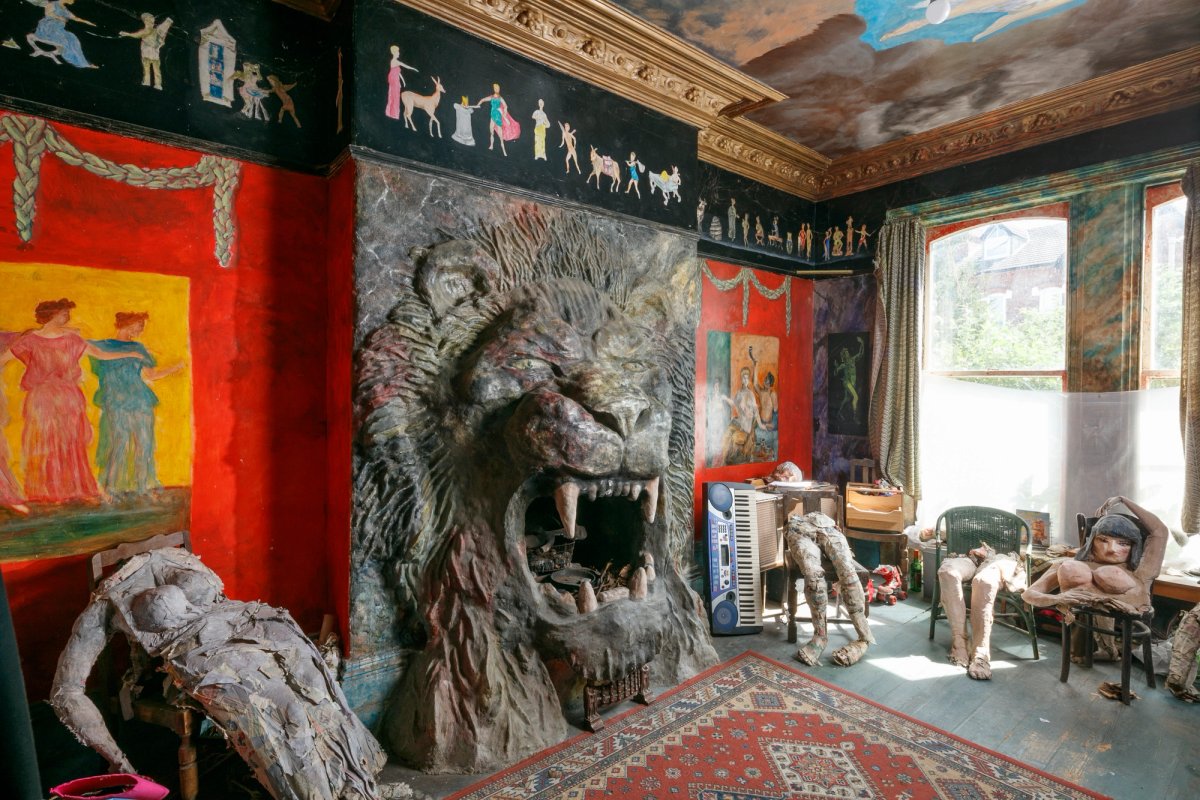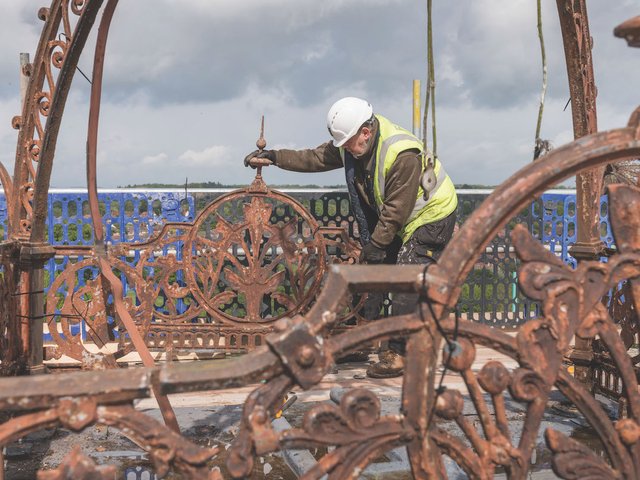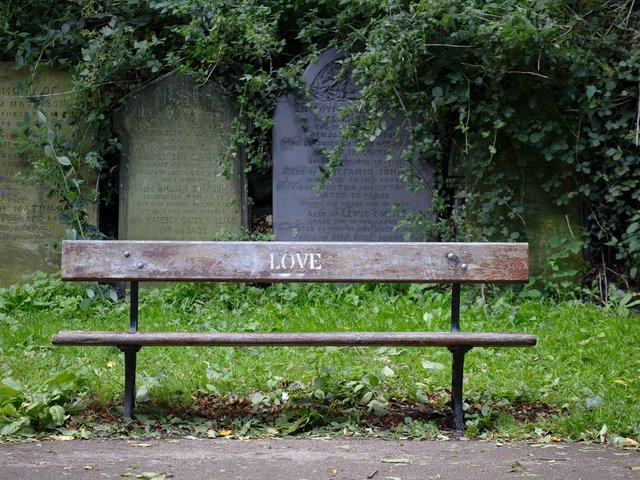The extraordinary creation of the largely self-taught artist Ron Gittins, the rented flat on Merseyside he transformed over decades into a fantasy of Ancient Rome and Egypt, is being honoured today by Historic England with Grade II listed status—the first example of Outsider Art in England to win such recognition.
The musician Jarvis Cocker, who organised a benefit event at the Liverpool Playhouse—which helped pay the rent on the flat for months to preserve it until a local trust managed to buy the building—rejoiced at the news: “A small number of people on this planet have known for a while that Ron’s Place is a very Special Place—but from now on it is official: Ron’s Place has been given listed status! The work of one unique gentleman in the north of England has been recognised nationally. Globally even. Hallelujah!”
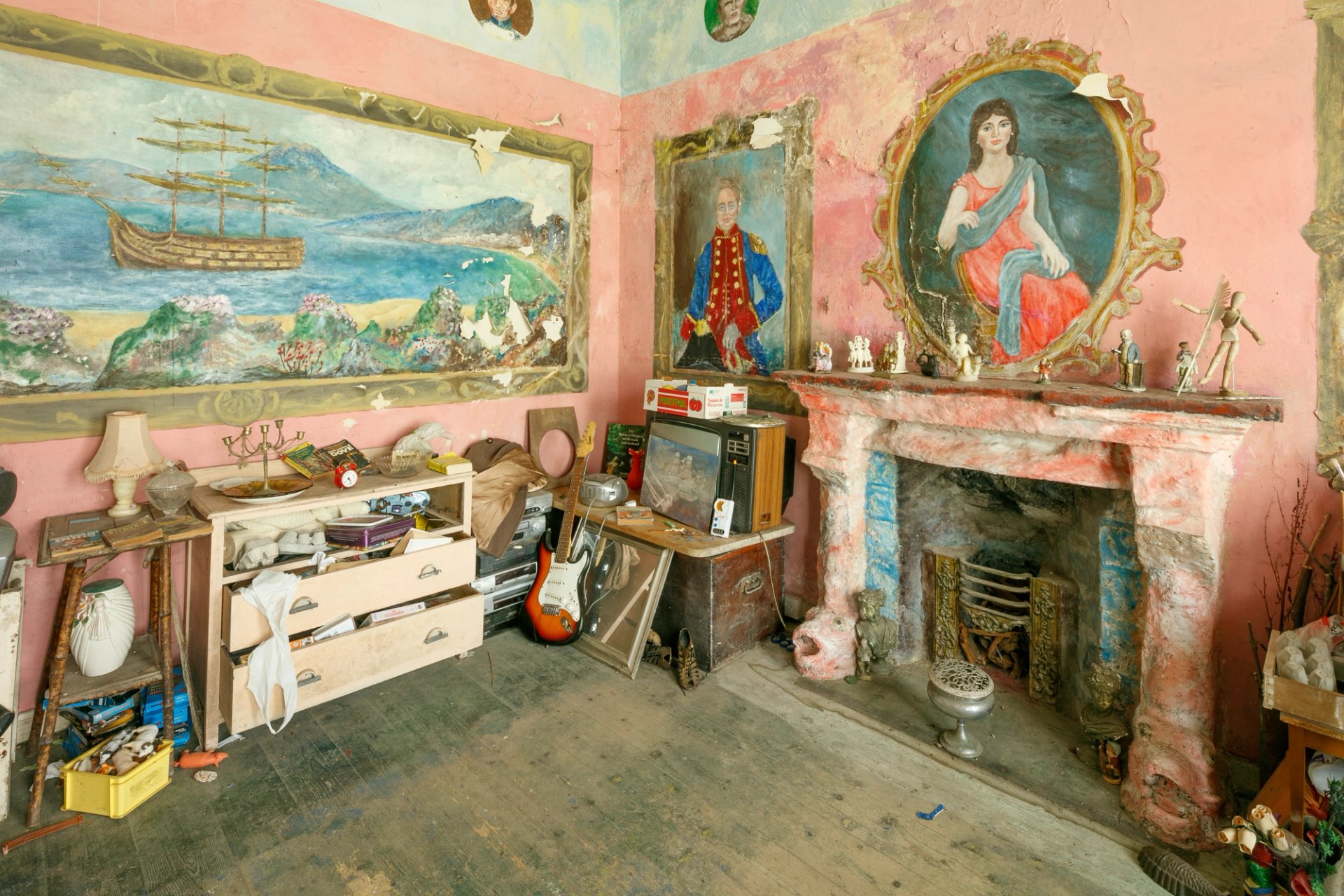
Image: courtesy of Historic England
Sarah Charlesworth, the listing team leader north at Historic England, described the flat as a testament to Gittins’s unique vision and artistic achievements. “The extent to which Ron’s creations have inspired action from people in the local area to purchase the building and secure the survival of his legacy demonstrates the value of this remarkable project and why it has earned its place on the National Heritage List for England.”
Gittins, born in 1939 in Birkenhead where he briefly attended art school, was a familiar figure until his death in 2019, often parading in the streets in costumes he made himself, including a Grenadier guardsman’s uniform complete with papier-mâché musket. His first attempt at a Roman villa was made in his bedroom in his parents’ rented flat, but it was only after his death that his full creativity was revealed in the transformation from 1986 of every possible surface of his own modest ground floor flat in a Victorian villa, including fireplaces remodelled in wet cement as the giant heads of a lion and a minotaur, and walls painted in echoes of Pompeii, which he had visited as a young man. Few outsiders had ever seen the ground floor of 8 Silverdale Road: he sternly resisted any intrusion by visitors, work men or indeed his landlord.
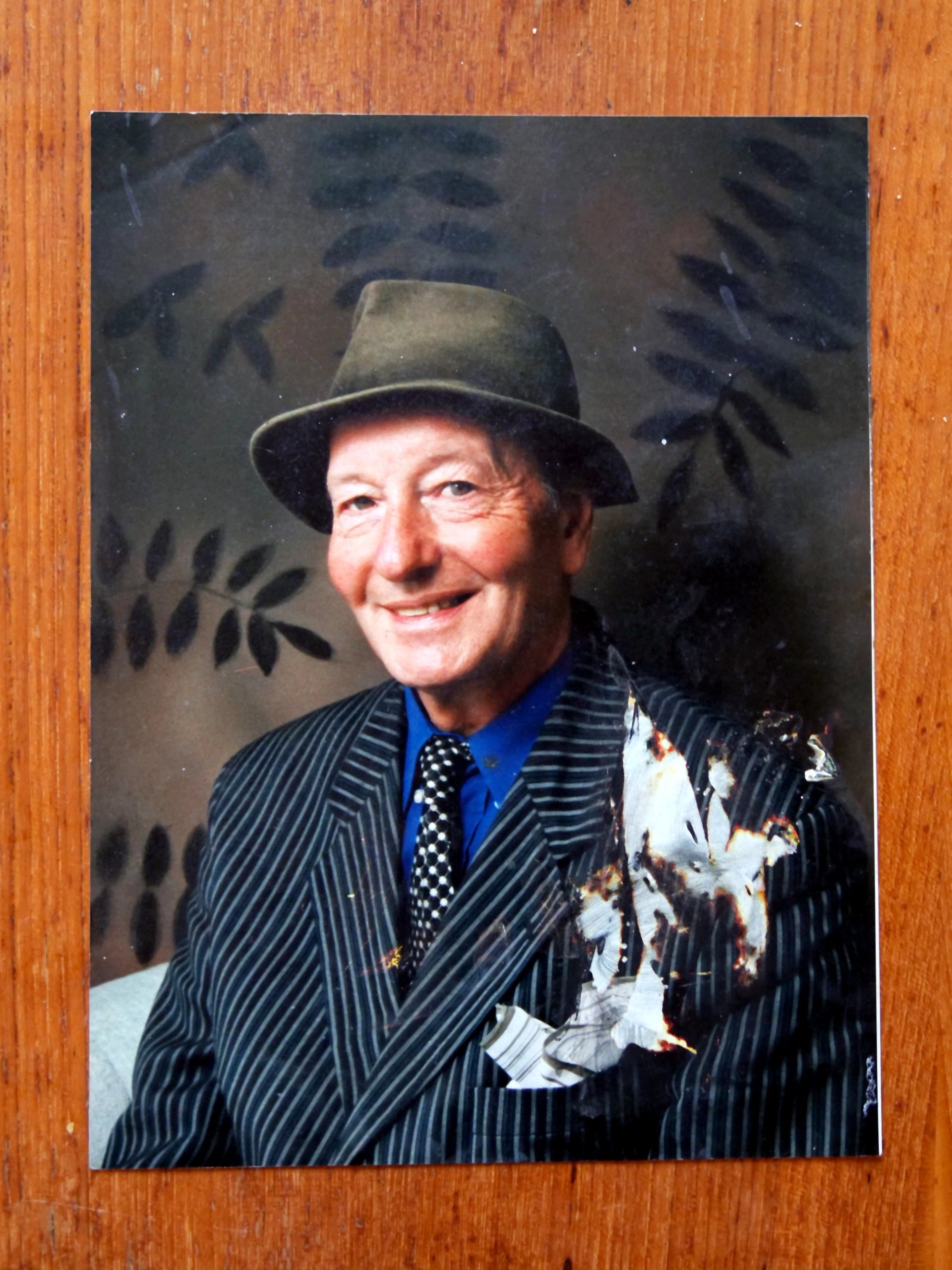
Ron Gittins Image: courtesy of Historic England
His niece Jan Williams was awed at his creation, and became the chair of the Wirral Arts & Culture Community Land Trust formed to save it, with the film maker Martin Wallace as patron. The attempt seemed doomed when the landlord decided to sell the entire building in 2022. At the last moment the Muller Wimhurst Trust, which had saved another eccentric masterpiece, the arts and crafts David Parr House in Cambridge, offered to loan them the entire purchase price. Work continues on the house and the fragile contents of the flat dubbed Ron’s Place, where every room was piled high with paintings, drawings, books, videos, costumes and sculptures.
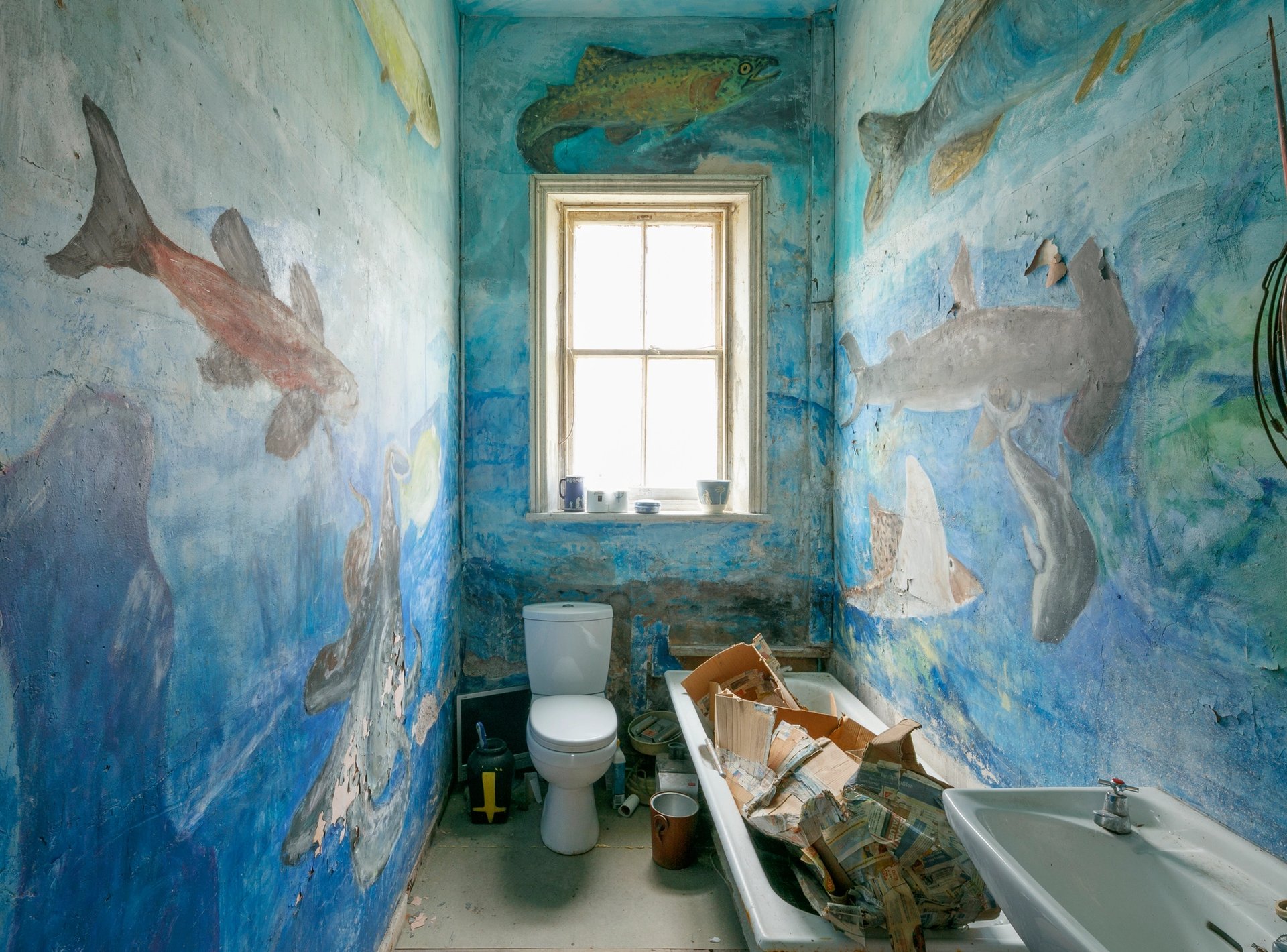
Image: courtesy of Historic England
Catherine Croft, the director of the 20th Century Society, said the flat was proof that great art is not confined to established galleries and collections. “This is 20th-century heritage unlike any other, the first example of Outsider Art to be nationally listed.”
The trust has already brought small groups from local organisations working in physical and mental health to visit the flat, and plans to continue that work.
Martin Wallace described the listing as fantastic news, and called visiting Ron’s Place “a rare and strangely beautiful immersive experience”. Beyond its eccentric appeal, he said, “experiencing Ron’s Place can be an inspiration towards transformative improvements in well-being through creative activity for all kinds of people, from all walks of life, young and old.”
Jan Williams had a poignant moment sorting through her uncle’s possessions, when she found a postcard saying he could not wait to show her what he had been working on. The card was wrongly addressed and never delivered.
“I believe Ron would be made up and very proud at all the attention he’s receiving, and thrilled his work is being recognised and appreciated; he only kept it secret because you’re not really supposed to turn your rented flat into a Roman villa complete with epic concrete fireplaces, are you?”


